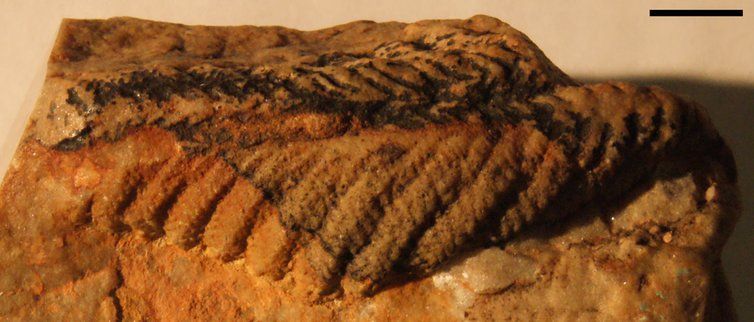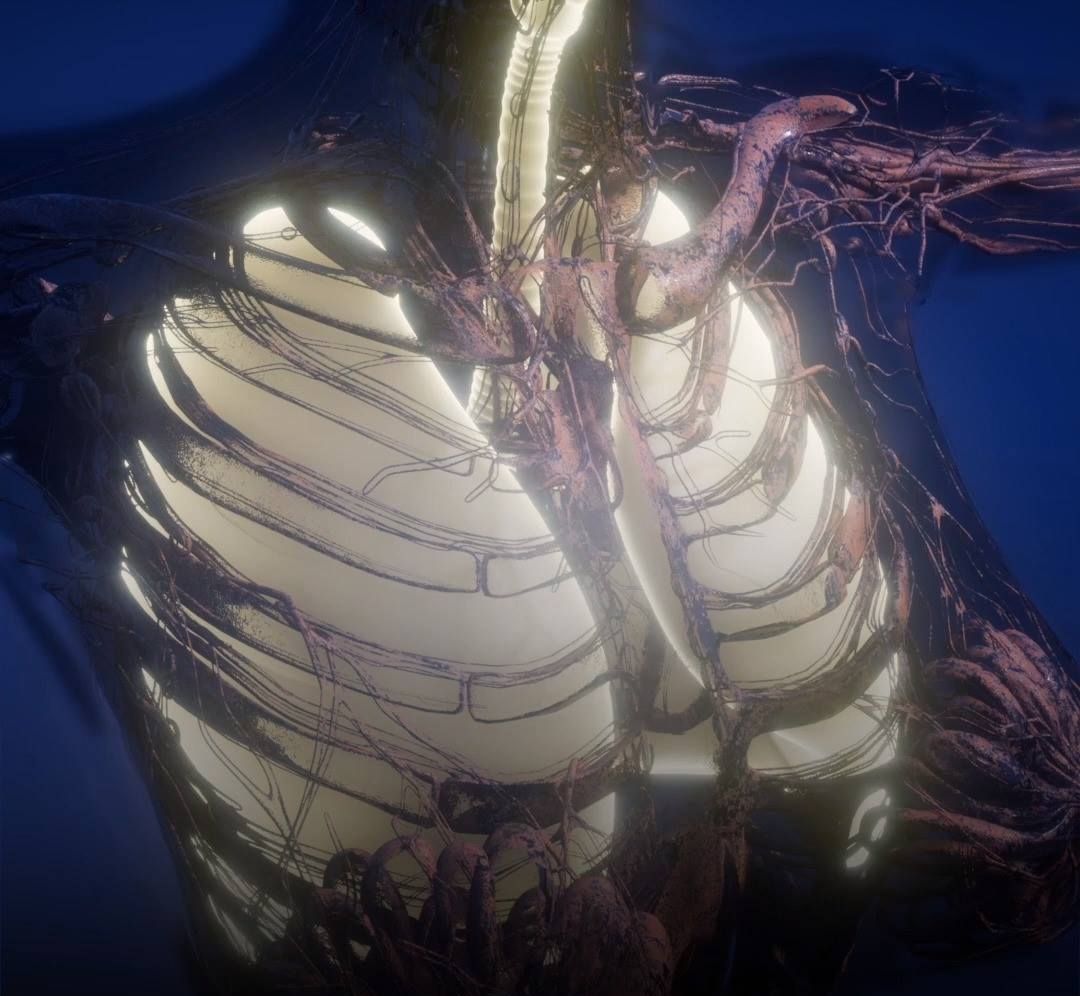Aug 11, 2018
The Wild Inner Workings of a Billion-Dollar Hacking Group
Posted by Derick Lee in categories: business, cybercrime/malcode
THE FIN7 HACKING group has leeched, by at least one estimate, well over a billion dollars from companies around the world. In the United States alone, Fin7 has stolen more than 15 million credit card numbers from over 3,600 business locations. On Wednesday, the Justice Department revealed that it had arrested three alleged members of the group—and even more important, detailed how it operates.
The Justice Department announced the arrest of three members of notorious cybercrime group Fin7—and detailed some of their methods in the process.

















